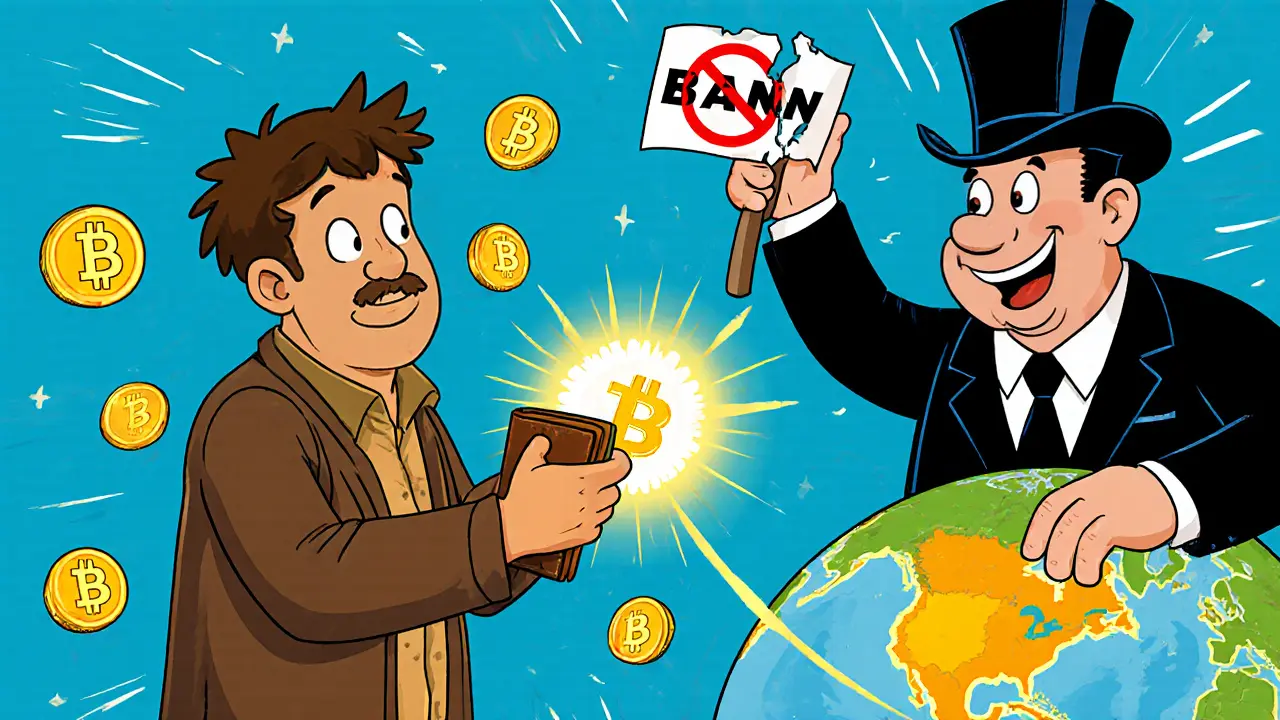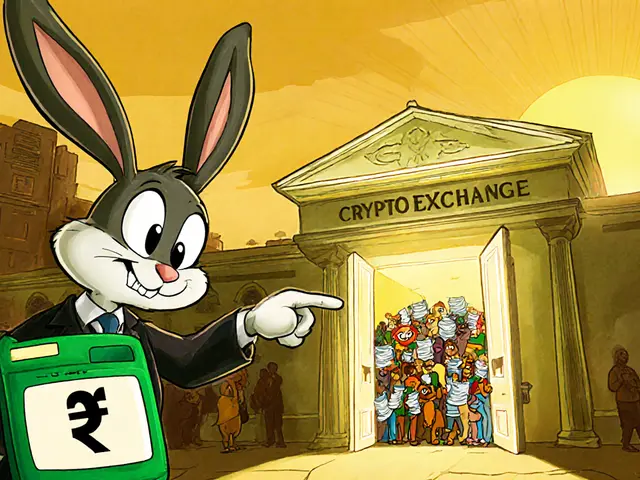Bolivia Cryptocurrency Ban: What Happened and How It Affects Crypto Users
When Bolivia cryptocurrency ban, a nationwide prohibition on cryptocurrency use enacted in 2014 by Bolivia’s central bank. Also known as crypto prohibition in Bolivia, it was one of the earliest and strictest moves by a Latin American government to block digital currencies. The ban wasn’t about technology—it was about control. The central bank feared losing oversight over money flows, worried about fraud, and wanted to protect the national currency, the boliviano. But unlike countries that shut down crypto exchanges, Bolivia never built a real enforcement system. Today, people still buy and sell Bitcoin, Ethereum, and other tokens—just quietly, through peer-to-peer apps and informal networks.
This ban doesn’t exist in a vacuum. It’s tied to crypto regulation Bolivia, the government’s broader effort to control financial activity without modernizing its banking infrastructure. While banks in Bolivia require in-person ID checks and paperwork for every transaction, crypto lets users bypass that entirely. That’s exactly why the state saw it as a threat. But the ban also clashes with another reality: over 40% of Bolivians are unbanked. For them, crypto isn’t speculation—it’s access. People in rural areas use it to send money home, pay for goods from abroad, or save in a currency that doesn’t lose value overnight. The government’s rules don’t change that need.
Compare this to Latin America crypto laws, a patchwork of approaches across the region where countries like El Salvador adopted Bitcoin as legal tender, while Argentina and Colombia regulate but don’t ban. Bolivia stands out not because it’s extreme, but because it’s outdated. Its ban was written before wallets, before DeFi, before most people even knew what a blockchain was. Now, the law is ignored by users, misunderstood by officials, and unenforceable in practice. You won’t find a single crypto exchange operating legally in Bolivia—but you’ll find dozens of Telegram groups trading USDT for cash on street corners.
What does this mean for you if you’re in Bolivia—or thinking about using crypto there? The ban is still on the books. You won’t get help from banks. You won’t find ATMs. And if you’re caught running a business that accepts crypto, you could face fines. But if you’re just buying Bitcoin to protect your savings or sending money to family, you’re unlikely to be targeted. The real risk isn’t legal—it’s safety. No regulation means no consumer protection. Scams thrive. Fake apps multiply. And if you lose your funds, there’s no recourse.
The Bolivia cryptocurrency ban isn’t a success story. It’s a lesson in how outdated laws fail when technology moves faster than bureaucracy. Below, you’ll find real stories, deep dives into how people bypass the ban, and analysis of how similar crackdowns in Egypt and other countries played out. This isn’t about theory—it’s about what people are actually doing, right now, to use crypto despite the rules.







Categories